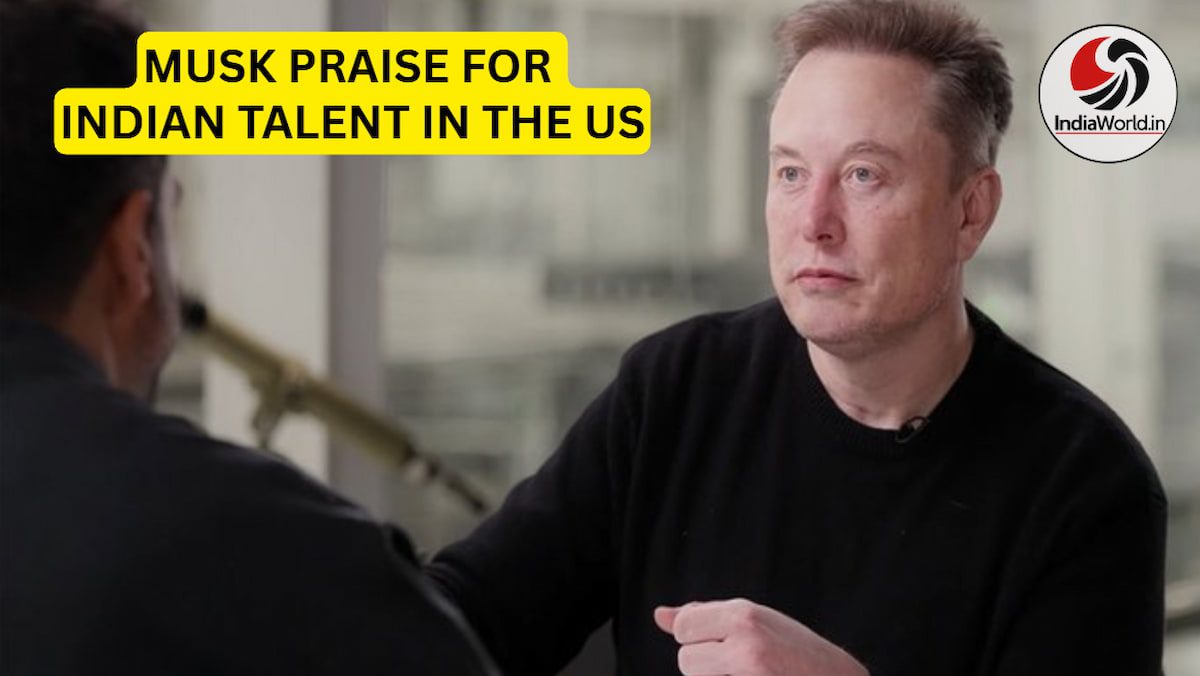Is Your Google Pay Account at Risk from UPI Fraud?
You know how convenient UPI payments are in India. But did you hear the latest news? Google Pay has not yet added the government’s Fraud Risk Indicator, or FRI. This tool flags risky mobile numbers linked to scams. As a result, about one in three UPI users might face higher fraud risks. That’s shocking, right? The Department of Telecommunications, or DoT, shared this on Friday. Let’s dive into what this means for you.
First, understand the scale. UPI handles billions of transactions monthly. In August 2025, Google Pay processed over 7,000 million transactions worth nearly ₹8.84 lakh crore. That’s 35% of all UPI volume. However, without FRI, these payments lack an extra safety layer. Meanwhile, rivals like PhonePe and Paytm have integrated it already. So, why the delay from Google Pay? We’ll explore that soon.
Moreover, fraud cases are rising fast. Cybersecurity incidents jumped from 1.029 million in 2022 to 2.268 million in 2024. Therefore, tools like FRI are crucial. They classify phone numbers by risk: low, medium, high, or very high. For medium-risk, you get a warning pop-up. But for high-risk, transactions can block entirely. This stops scams at the source.
Additionally, the government aims for a secure, home-grown UPI ecosystem. DoT secretary Neeraj Mittal highlighted this issue. He said Google Pay’s absence leaves many unprotected. In fact, an official noted that discussions with Google continue. But as a multinational, their updates take longer. Yet, over 50 banks and UPI players added FRI in under two months. So, speed is possible.
Furthermore, at the India Mobile Congress on October 8, PhonePe and Paytm showcased successes. PhonePe averted ₹125 crore in losses. Similarly, Paytm saved ₹68 crore in two months. These numbers show FRI’s power. However, Google Pay relies on its own AI tool, DigiKavach. It fights scams too. But DoT wants full integration for better protection.

Now, conflicting statements from Google add confusion. One spokesperson claimed integration is done. But Rajesh Ranjan, Google’s India policy lead, refuted that. He confirmed ongoing talks. Aditi Chaturvedi praised FRI but stayed silent on details. Therefore, users wonder about real progress.
In addition, RBI mandated FRI for banks in June. This covers commercial, small finance, payments, and co-operative banks. With 86% of households online, fraud risks grow. RBI called it a key moment against cyber frauds. DoT has blocked over 942,000 SIM cards and 263,348 IMEIs tied to scams. So, efforts are strong, but Google Pay’s gap stands out.
Understanding UPI Fraud Risks in India
UPI fraud in India is a big concern. Scammers use fake calls, phishing, or malware. For example, they trick you into sharing PINs or clicking bad links. As a result, money vanishes quickly. But with FRI, platforms check numbers first. If risky, alerts pop up. This simple step saves many.
Moreover, surveys show the problem’s size. One in five families faced UPI fraud recently. Yet, half don’t report it. Why? Fear or lack of knowledge. Therefore, education matters. Know the signs: urgent requests, unknown senders, or odd links. Always verify before paying.
Additionally, high-volume areas like Mumbai see more cases. Fraudsters stole millions from 81 users in one incident. So, urban folks, stay alert. Rural users face risks too, with rising internet access.
Furthermore, transaction data reveals trends. PhonePe leads with ₹11.99 lakh crore in August 2025. Google Pay follows, then Paytm. But without FRI, Google Pay users might lose more. Imagine sending money to a scammer. FRI could block it.
However, Google defends its approach. DigiKavach uses AI to spot and block scams. It studies patterns and acts fast. Still, DoT pushes for FRI to unify efforts. A sovereign, secure system benefits all.
How Does the Fraud Risk Indicator Work for UPI Payments?
Let’s break it down simply. FRI is DoT’s creation. It scores phone numbers on scam links. Low risk? Smooth transaction. Medium? Warning appears. High? Block happens. Very high? No chance.
Moreover, integration is easy for most. Banks did it fast. But Google cites development time. As a global firm, processes differ. Yet, users suffer meantime.
Additionally, FRI aims to halt fraud early. When you pay, the system checks the receiver’s number. If flagged, you decide. This empowers you.
Furthermore, examples from PhonePe and Paytm prove it. They saved crores. So, imagine Google Pay with FRI. Protection for 35% of UPI would soar.
However, challenges exist. Not all numbers are geo-tagged. But most frauds link to patterns DoT tracks.
In addition, RBI’s directive strengthens this. All banks must comply. This builds a fraud-proof ecosystem.
Google Pay’s Response to UPI Fraud Allegations
Google is talking with DoT. Ranjan confirmed discussions. They value FRI. But DigiKavach is their focus. It identifies scams proactively.
Moreover, Chaturvedi called FRI good. But no timeline shared. A spokesperson’s claim was wrong, per Ranjan.
Therefore, transparency lacks. Users want updates. Meanwhile, competitors lead.
Additionally, Google’s global scale slows things. But India-specific needs matter. UPI is huge here.
Furthermore, potential fixes? Faster integration. Or hybrid: FRI plus DigiKavach.
Tips to Avoid UPI Fraud on Google Pay in India
Stay safe yourself. First, never share PIN or OTP. Scammers ask for them.
Moreover, check receiver details. Use trusted contacts.
Additionally, enable two-factor auth. It adds security.
Furthermore, report suspicious activity fast. Use app’s help or police.
However, if fraud happens, act quick. Banks refund if reported soon.
In addition, update apps regularly. Patches fix vulnerabilities.
Also, avoid public Wi-Fi for payments. Use secure networks.
Finally, learn from others. Read fraud stories online.
The Future of Secure Digital Payments in India
India leads in digital payments. UPI volume grows yearly. But fraud rises too.
Therefore, tools like FRI are vital. Full adoption needed.
Moreover, government pushes Svadeshi ecosystem. Home-grown, secure.
Additionally, with 86% online, education key. Schools, media can help.
Furthermore, international firms must adapt. Google can lead.
However, until then, choose protected apps. PhonePe, Paytm have FRI.
In conclusion, Google Pay’s delay worries many. But talks continue. Stay informed, stay safe.
Read also : IRCTC Free Reschedule: End Ticket Hassles? (Click here)
External Links:
- Department of Telecommunications (DoT): https://dot.gov.in/
- Reserve Bank of India (RBI): https://rbi.org.in/
- Google Pay Official Site: https://pay.google.com/
- National Payments Corporation of India (NPCI): https://www.npci.org.in/
- India Mobile Congress: https://www.imc.org.in/








